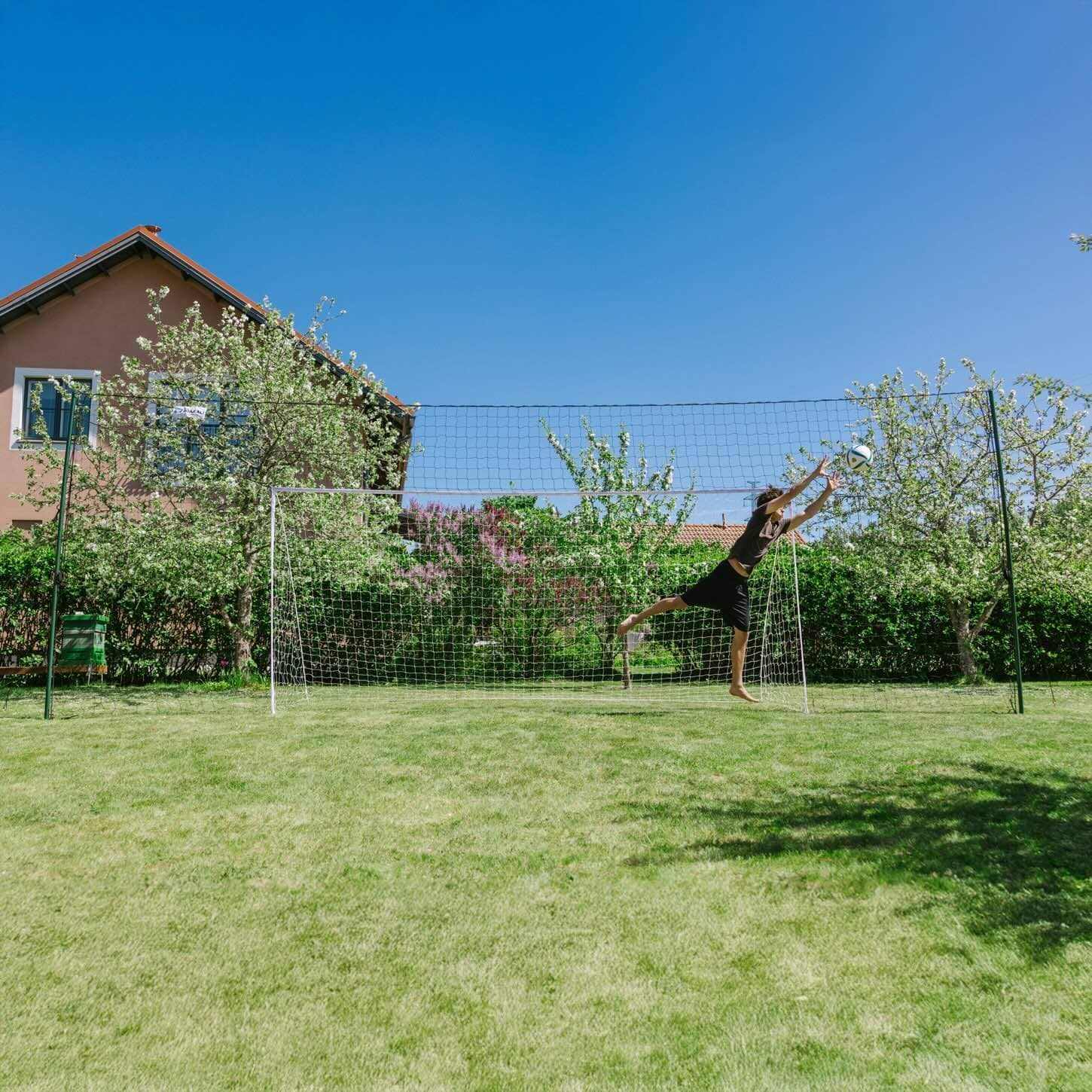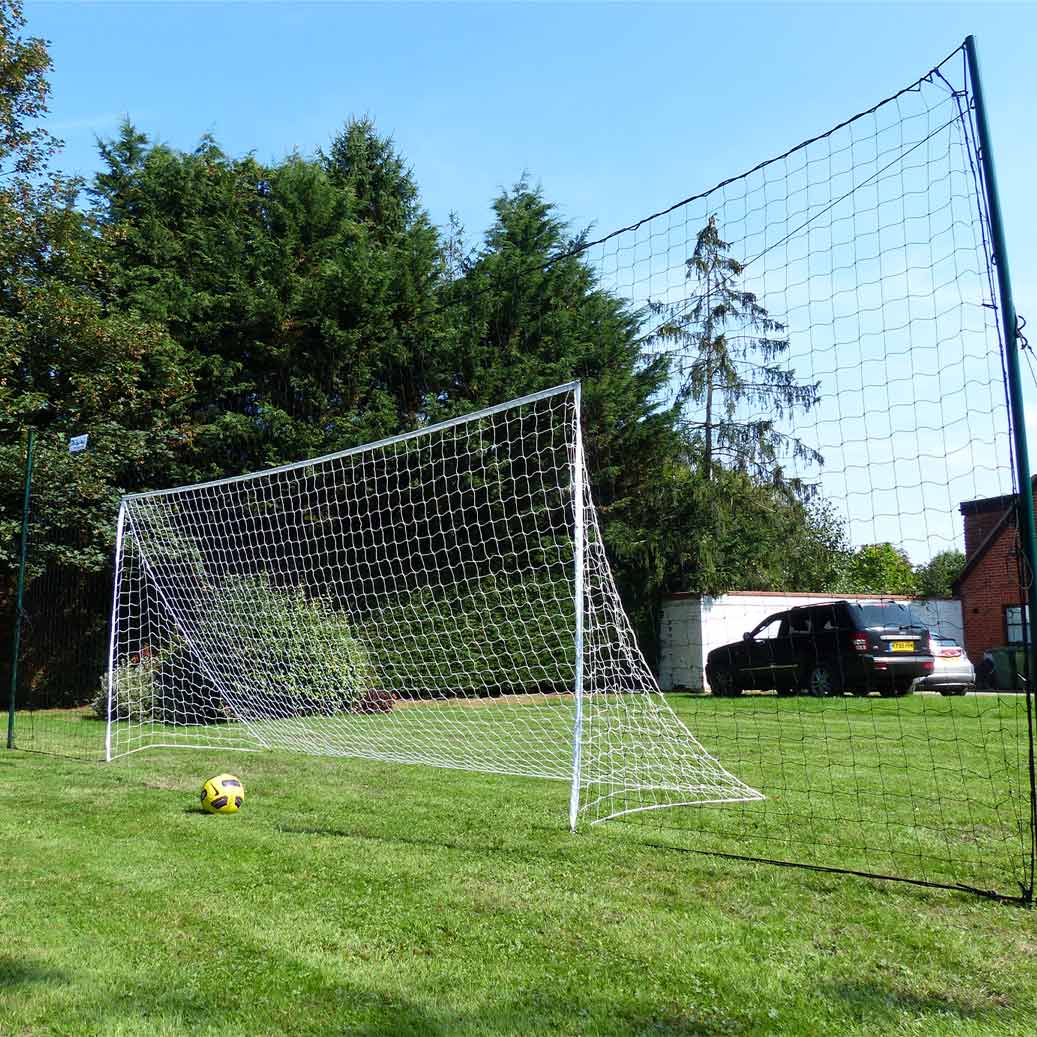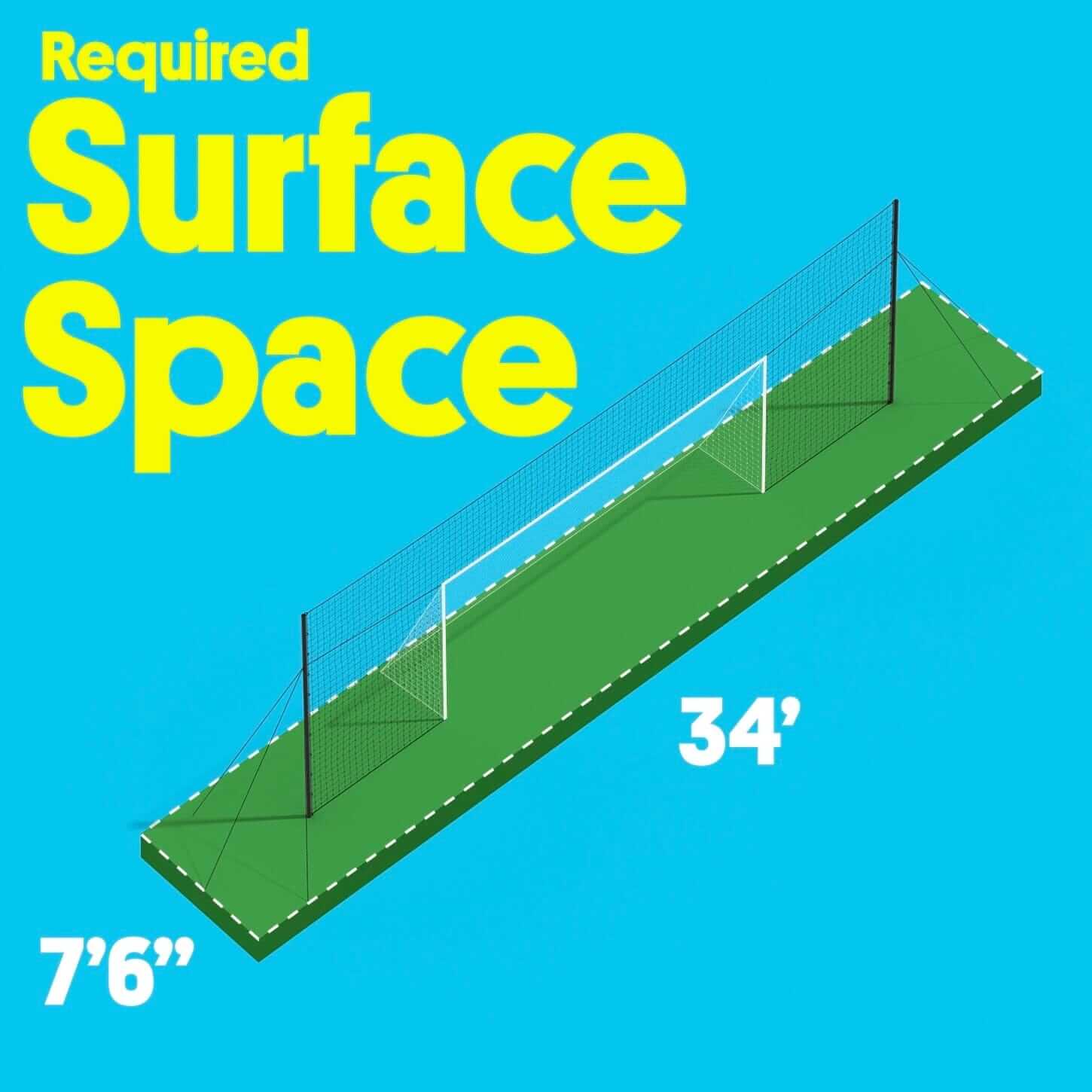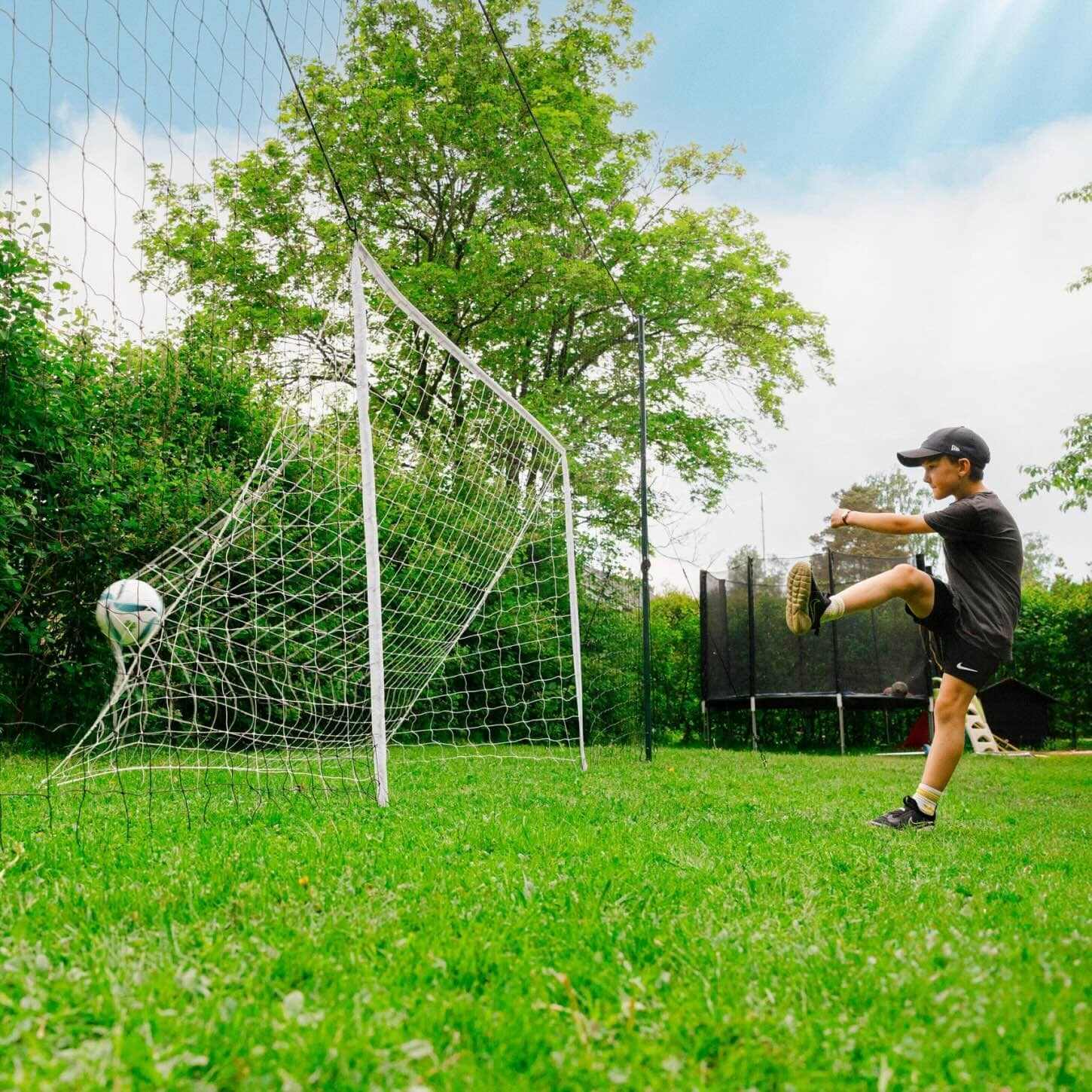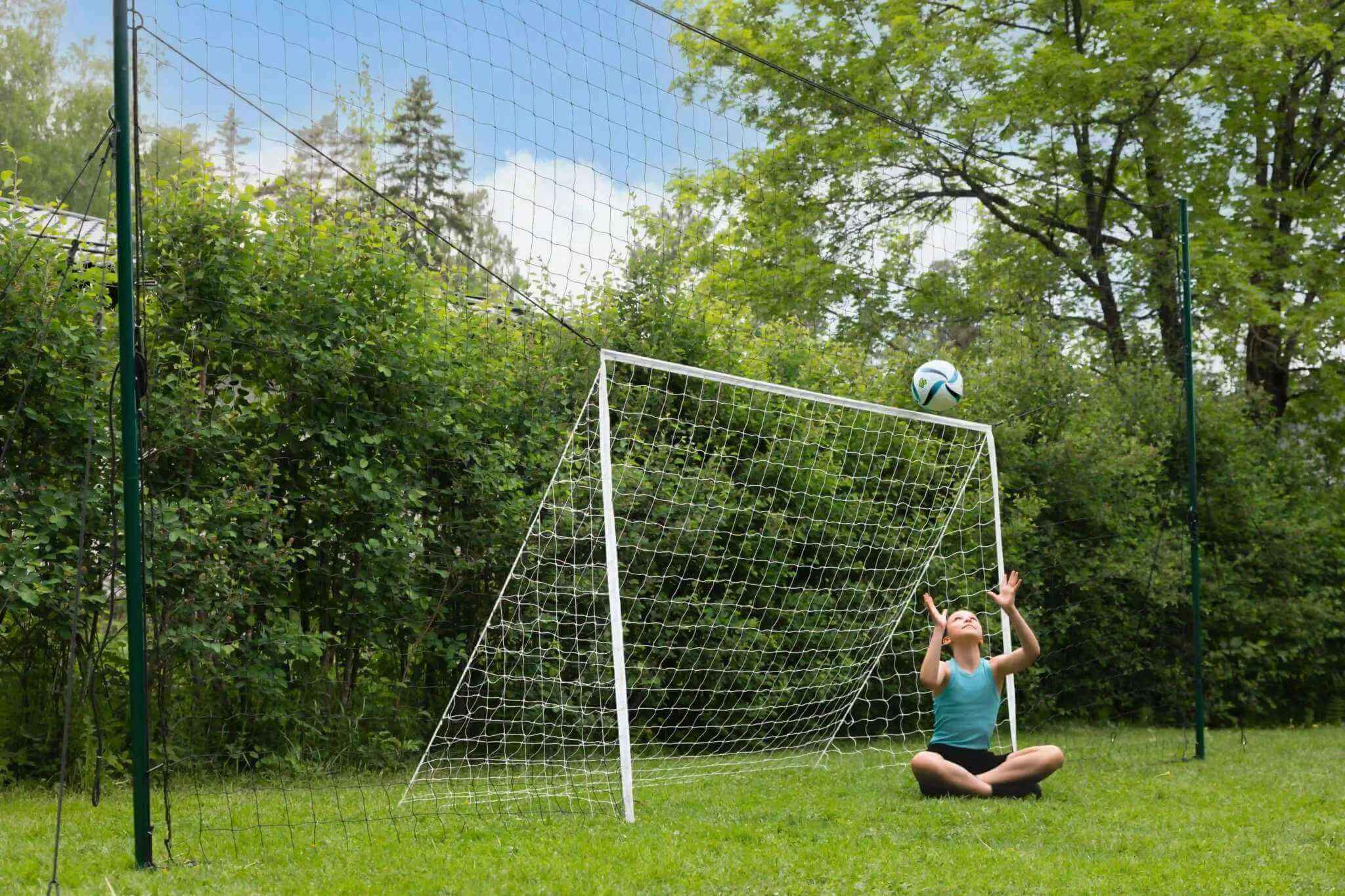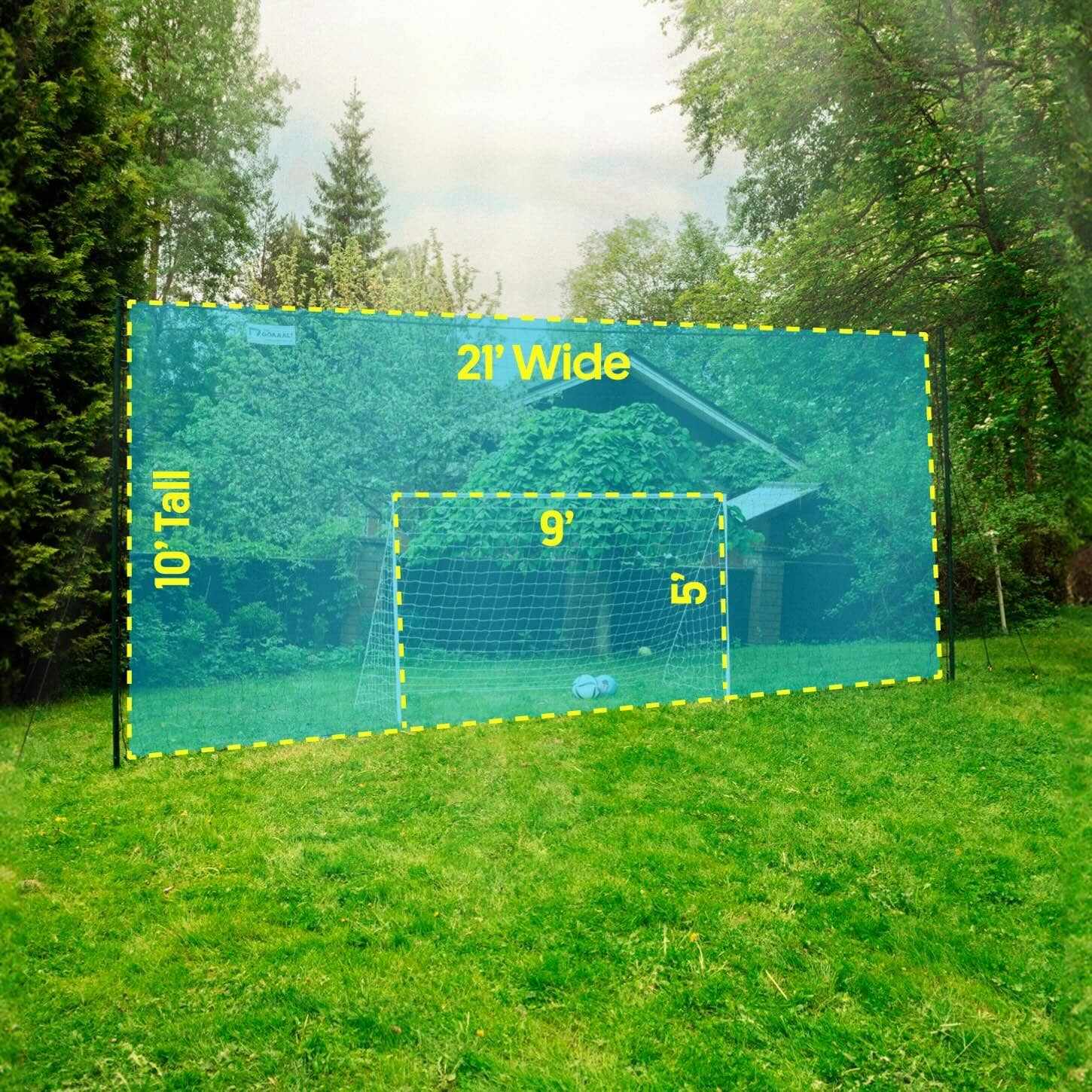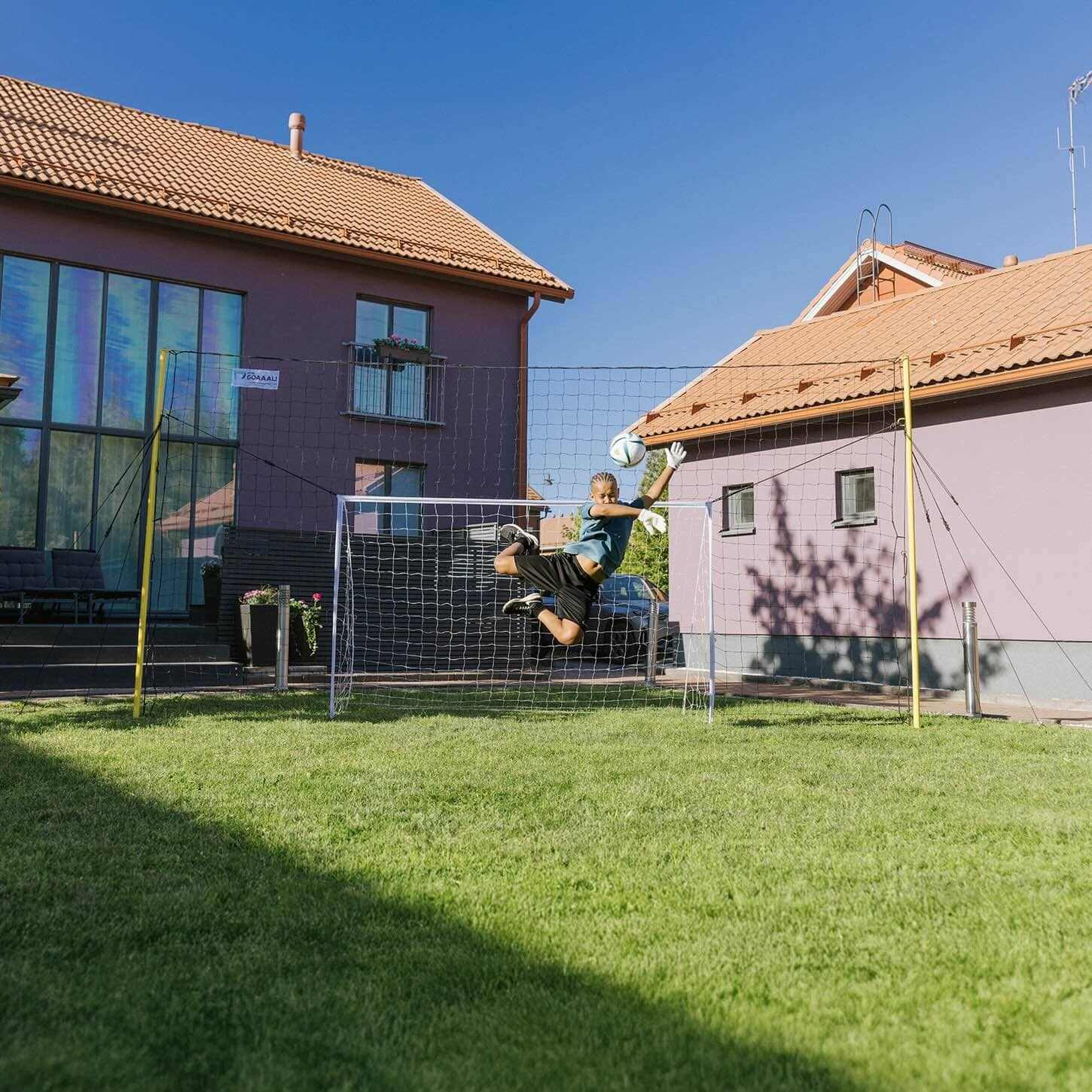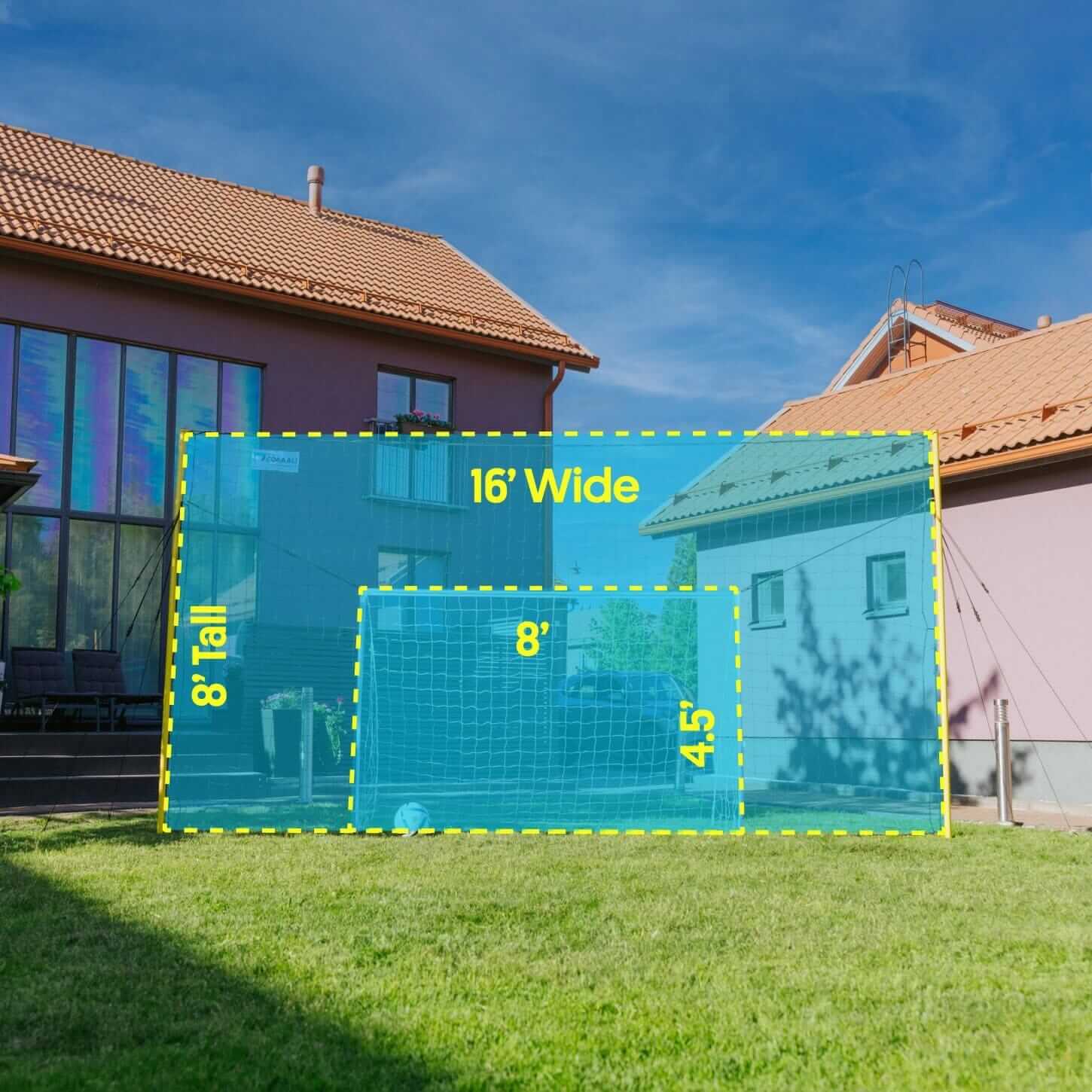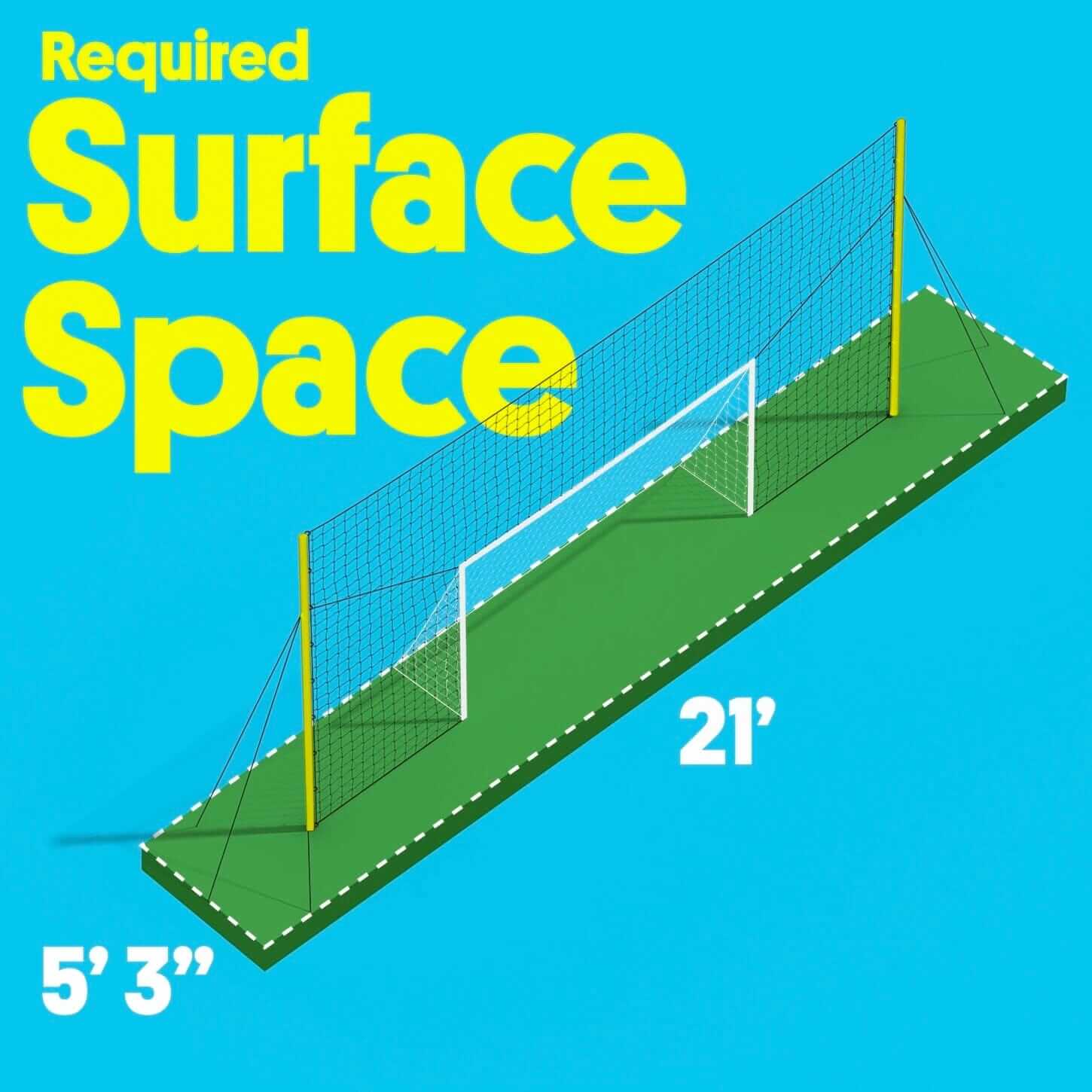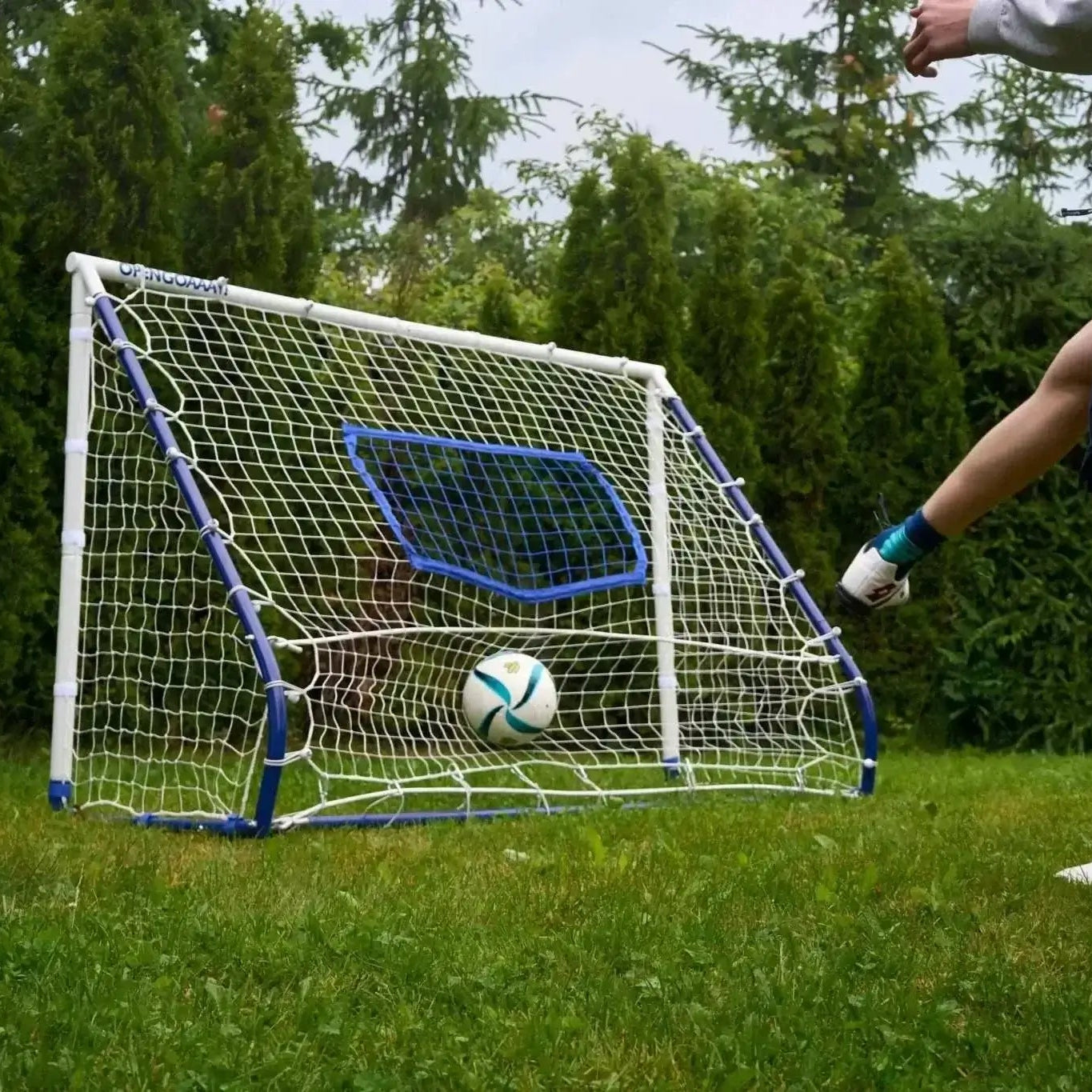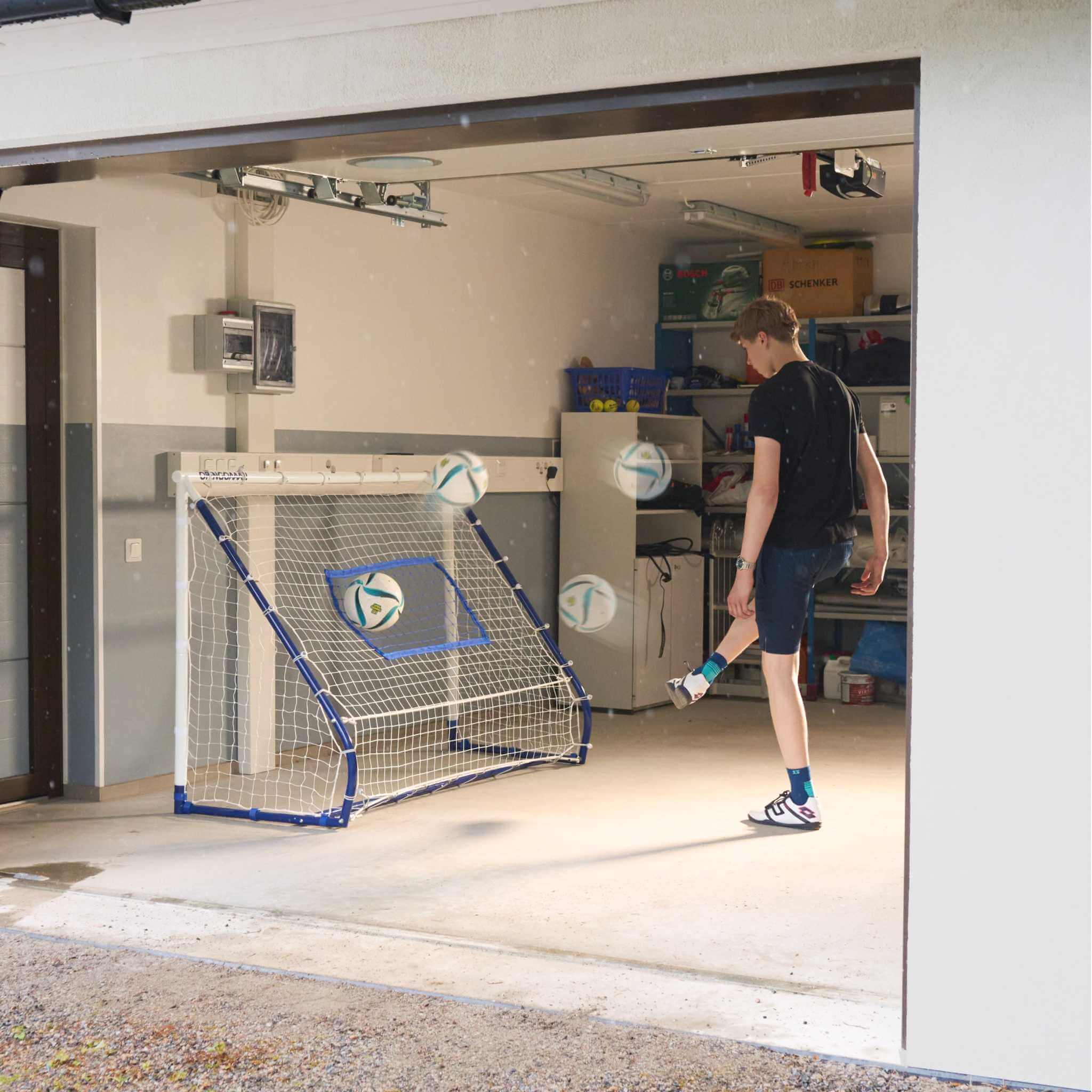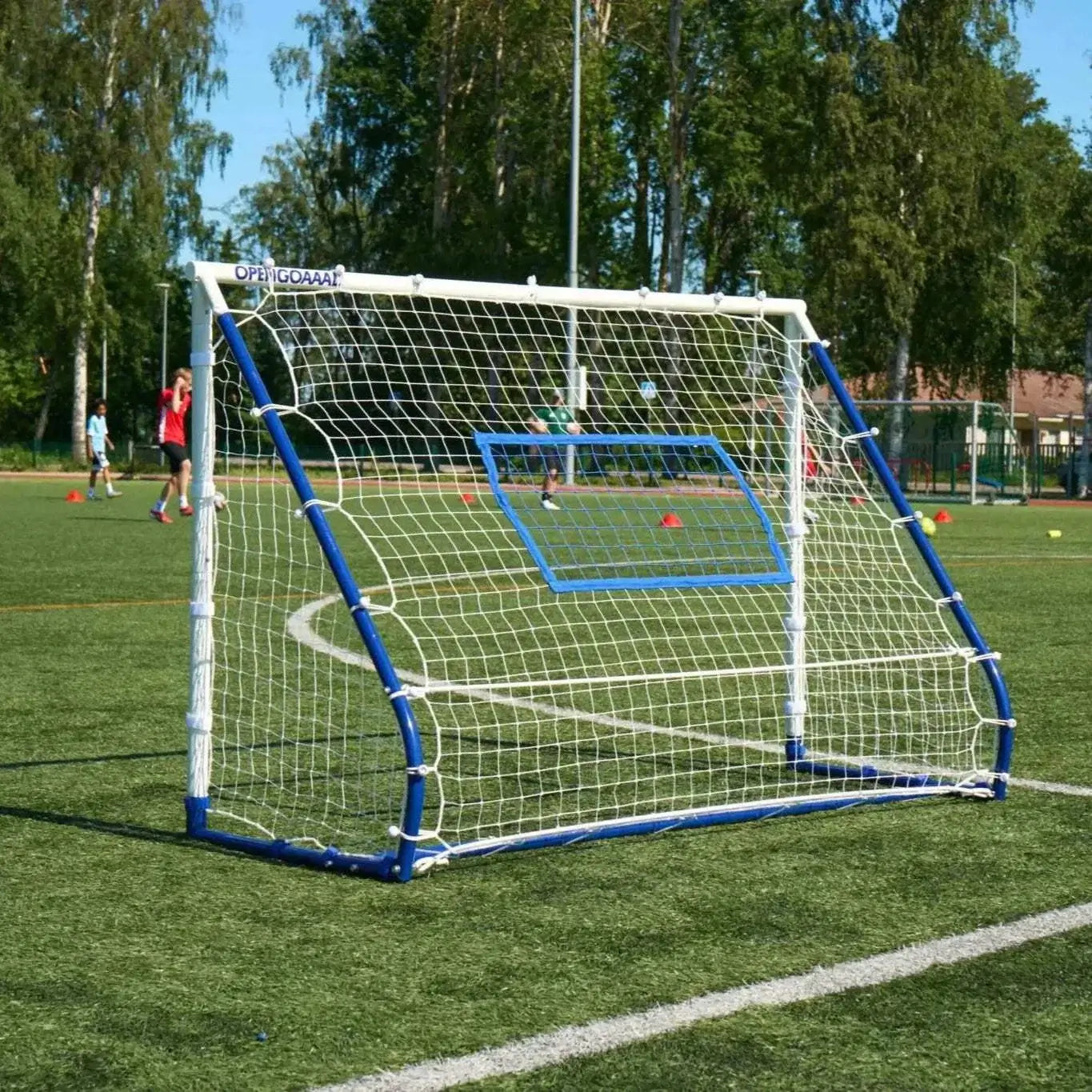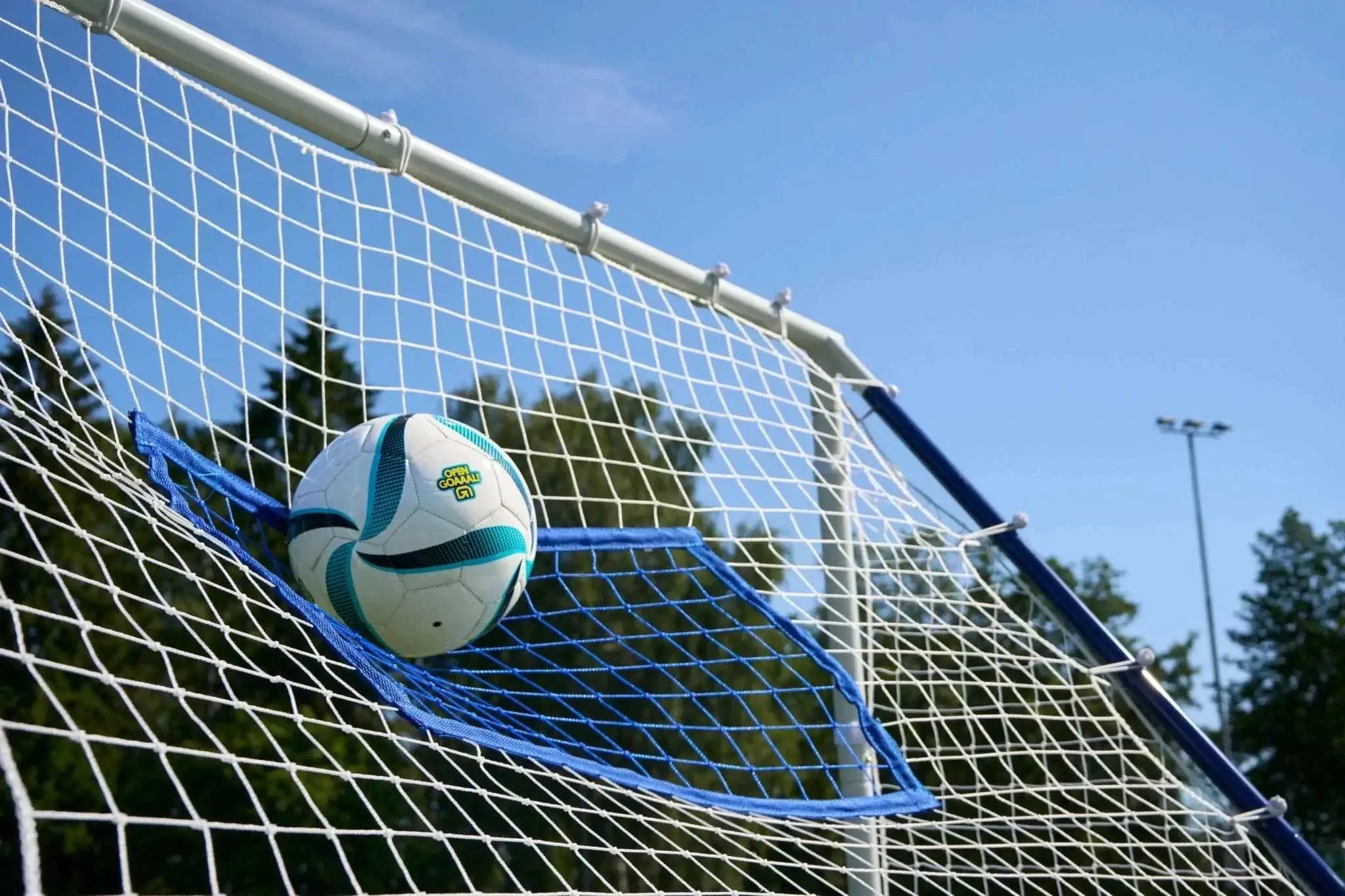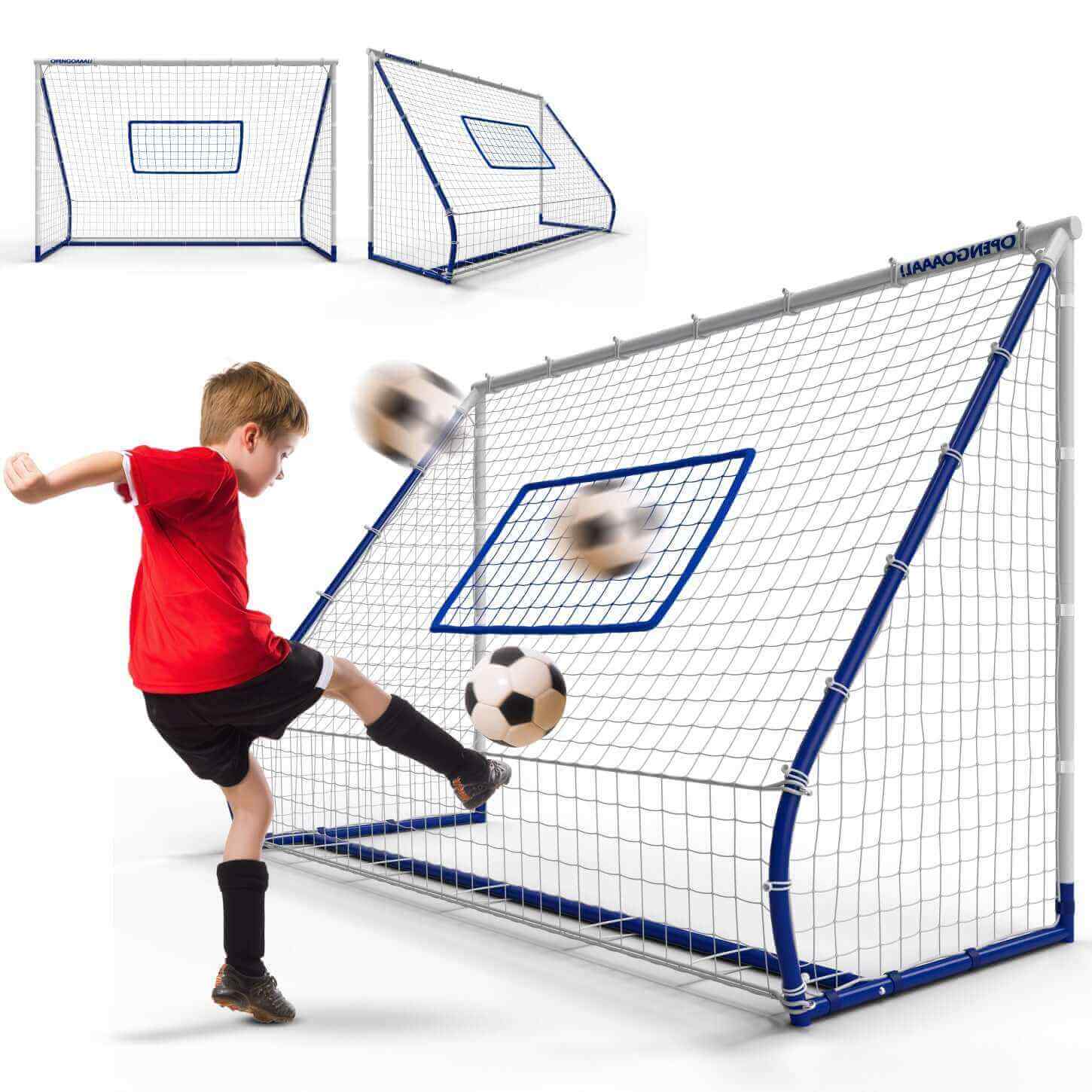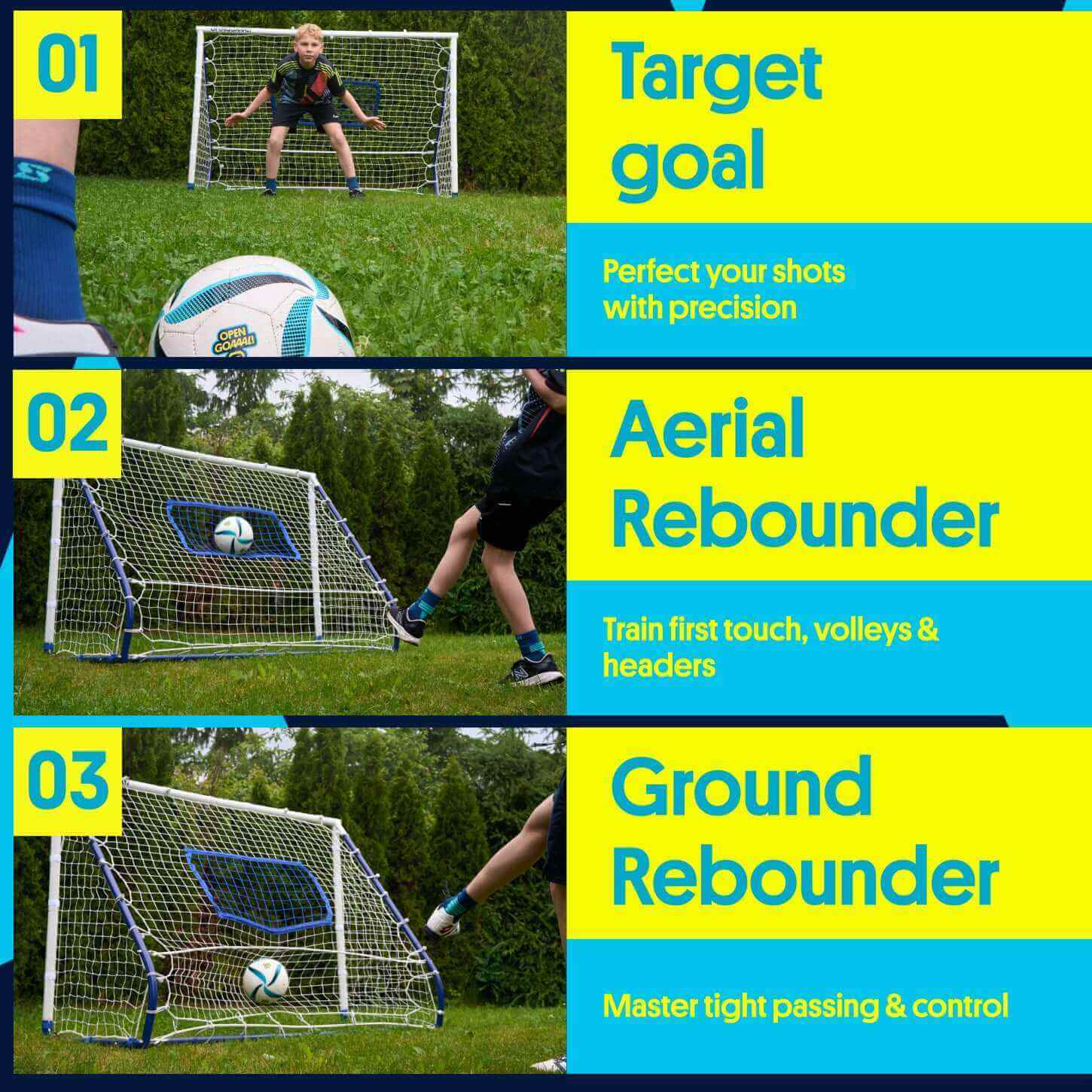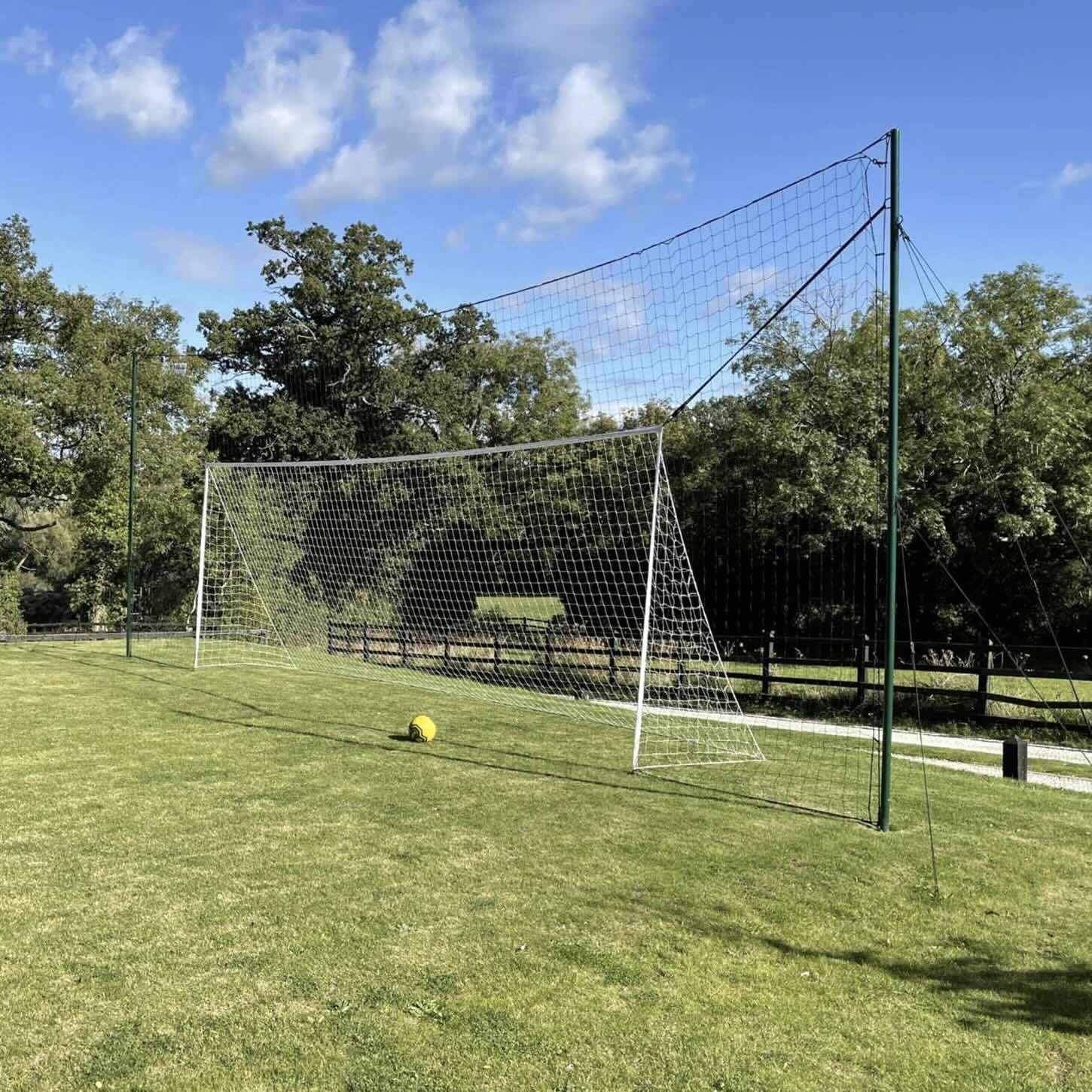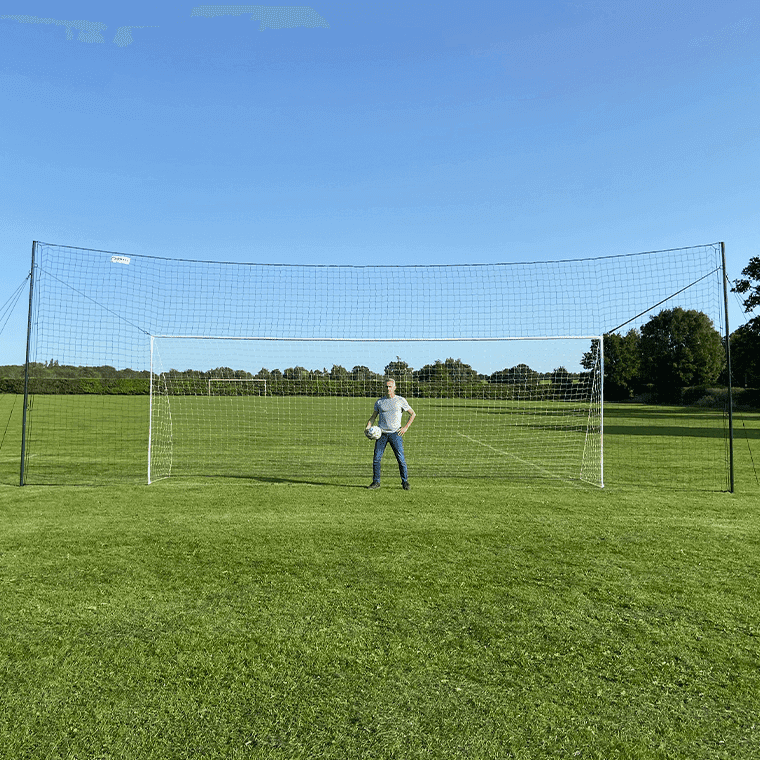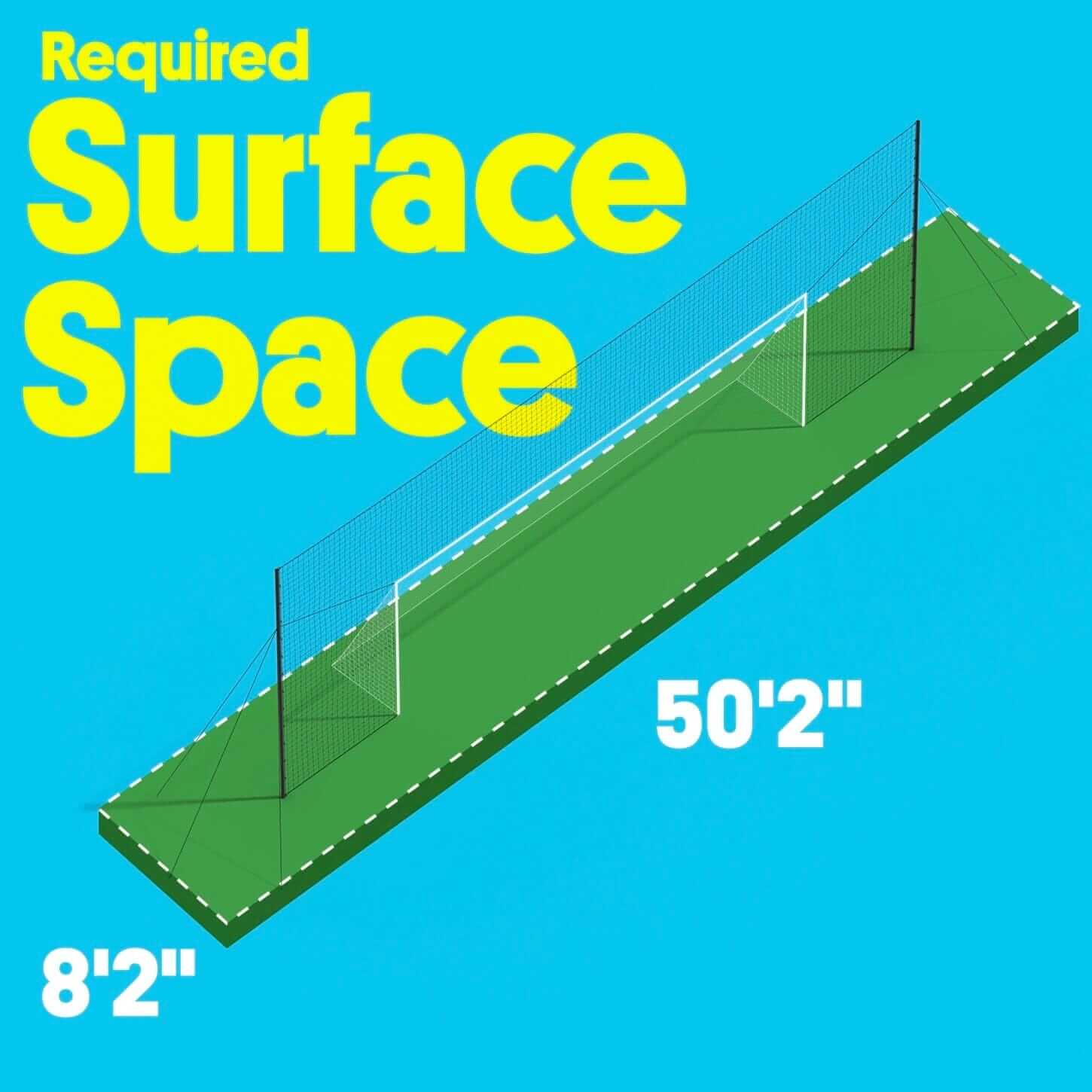Trapping a soccer ball is integral; every player should know how to do it correctly. Soccer trapping might seem simple, but it is more complicated than it looks. Coaching your kids to understand soccer trapping is essential, as it helps you quickly stop the ball and regain control of it.
Once your kids understand how to gain control of the ball, they can either pass it or take a shot themselves. Soccer trapping is an essential skill that should be mastered early on to gain control of the ball, similar to how soccer drills and dribbling drills are crucial.
How to Trap a Soccer Ball
There are a few things to understand when learning what soccer trapping is.
Be Aware of Your Surroundings
Soccer players need to be alert to their surroundings and ready to be able to control the ball quickly. Since your players can receive the soccer ball at any given moment, they must pay attention and know what is happening during the soccer game.
Players must know how to react once the ball gets to them, whether they receive the ball from a rebound, a pass, or a ricochet. Being aware of your surroundings helps your player know if any opponents are nearby, helps them focus on their footwork, and can help them to position themselves correctly.
Once your player knows what is happening around them, they will know how much space and time they have to trap a ball and if they should pass it or take a shot.
Track the Ball
Coach your soccer players to keep an eye on the ball at all times. Whether the ball is in the air or on the ground, your players should know exactly where it is to see if it will be intercepted or curved.
They will also know how to set themselves up if they track the ball. Once they see how the ball is moving, they can position themselves in place so they can adequately react to any spin or bounce.

Positioning
Since your players tracked the ball, they should then know where to place themselves so they can trap the ball. Coach your players to put their bodies in line with where the ball is traveling to. Getting the ball out of the air with their feet or passing it too far away can become complicated.
While your players are young, it is best to position them behind the ball and be ready to react. Once they are older and advance in the soccer game, they can learn the soccer skills to control the ball in more challenging situations.
Cushion the Ball
While it usually is easiest to trap the ball with the inside of the feet, it is more effective to cushion the ball. Have your players position themselves in a way to receive the ball by turning their feet sideways so they can cushion and control the ball.
If they get the timing wrong, the ball can be uncontrolled, and it might bounce away in the wrong direction. Coach your players to understand that timing and technique are of the essence and to cushion the ball, so it stays close.
If their feet are too low, the ball would bounce over. The ball might squirm beneath their feet if their feet are too high. Over time, your players will learn how to trap the ball using the instep of their feet, the laces and soles of their shoes, and the outside of their feet.
Absorb the Effect of the Pass
Absorbing the effect of the pass is a massive part of cushioning the ball and trapping it. Draw the ball back as it is about to arrive, rather than kicking the ball during your training session.
Doing this will help your players to drop the ball down at their feet and allow them to continue playing. If your players do not draw back their feet and relax their bodies, the ball is more likely to get away from them and bounce off.
Keep Playing
To achieve the perfect soccer trap, your players should put one foot on top of the ball and apply some pressure to stop it.
Let your players know to keep playing and to not get distracted after they trapped the ball to ensure they make the most of the time and space they have won. Once the ball is under their feet and is completely controlled, they can pass it, dribble it, or take a shot.

What is a Trap in Soccer
A trap in soccer is the method of gaining control of the ball off of a loose ball or a pass.
What Does Trapping Mean in Soccer?
Trapping the ball in soccer requires your players to use their feet, chest, or thighs to bring the soccer ball to the ground and keep it in their possession. This can include redirecting the ball in a controlled manner or stopping the ball completely.
When your players are trying to slow the ball down or stop it, they should cushion it and move it towards them.
A soccer trapping tutorial is a necessary skill for young players to learn throughout their soccer career.
Our 3-in-1 soccer goal is used by coaches and youth programs all over the world. It works as a goal, rebounder, and backstop to prevent the ball from going into the woods or into the road. Protect your players and reduce time spent chasing after the ball with the Open Goaaal 3-in-1 soccer goal.
Types of Soccer Traps
There are a few types of traps in soccer.
Thigh Trap
Your players will cushion the ball and allow it to hit the inside or middle of the thigh. Then, they will guide the ball to the ground.
Chest Trap
The chest trap method allows players to cushion the ball and let it hit their chest. Then, they will guide it to the ground.
Step Trap
With this method, your players will step on the ball and stop it from moving, so they can gain control of the ball.
Inside Foot Trap
The inside foot trap allows your players to catch the ball using the inside or the middle part of their foot. The ball can also hit the ground, and your players will catch it using the inside or middle of their feet.
Outside Foot Trap
Your players will absorb and cushion the ball using the outside or middle part of their foot.
Laces Trap
If your players effectively track the ball, they can anticipate where the ball will hit the ground. Before the ball hits the ground, players can take their feet and point their toes upwards. Cushion the ball with the top of their foot, where the laces are, and guide the ball to the ground.
Final Thoughts
Soccer trapping is an essential skill for young players to learn in soccer. This skill will carry over with them throughout their entire soccer playing career. Trapping soccer balls might be a challenge, but with some practice and patience, your players will be trapping the ball in no time.



